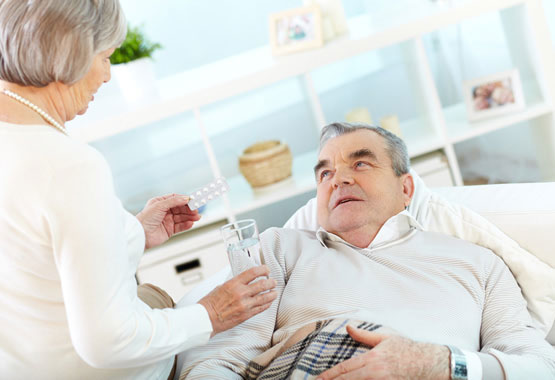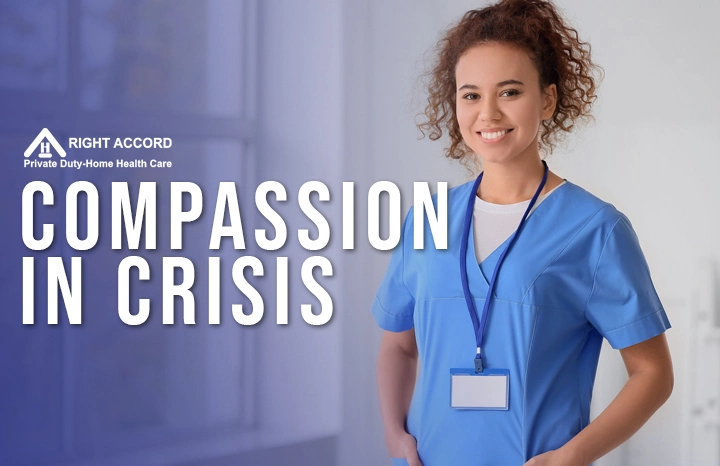· 7 min read
Hospice Care and Palliative Care What is the Difference?
Glaucoma is vision related disease that cause blindness. The elderly is risky of glaucoma, so here's helpful details about it and the 5 potent treatments.
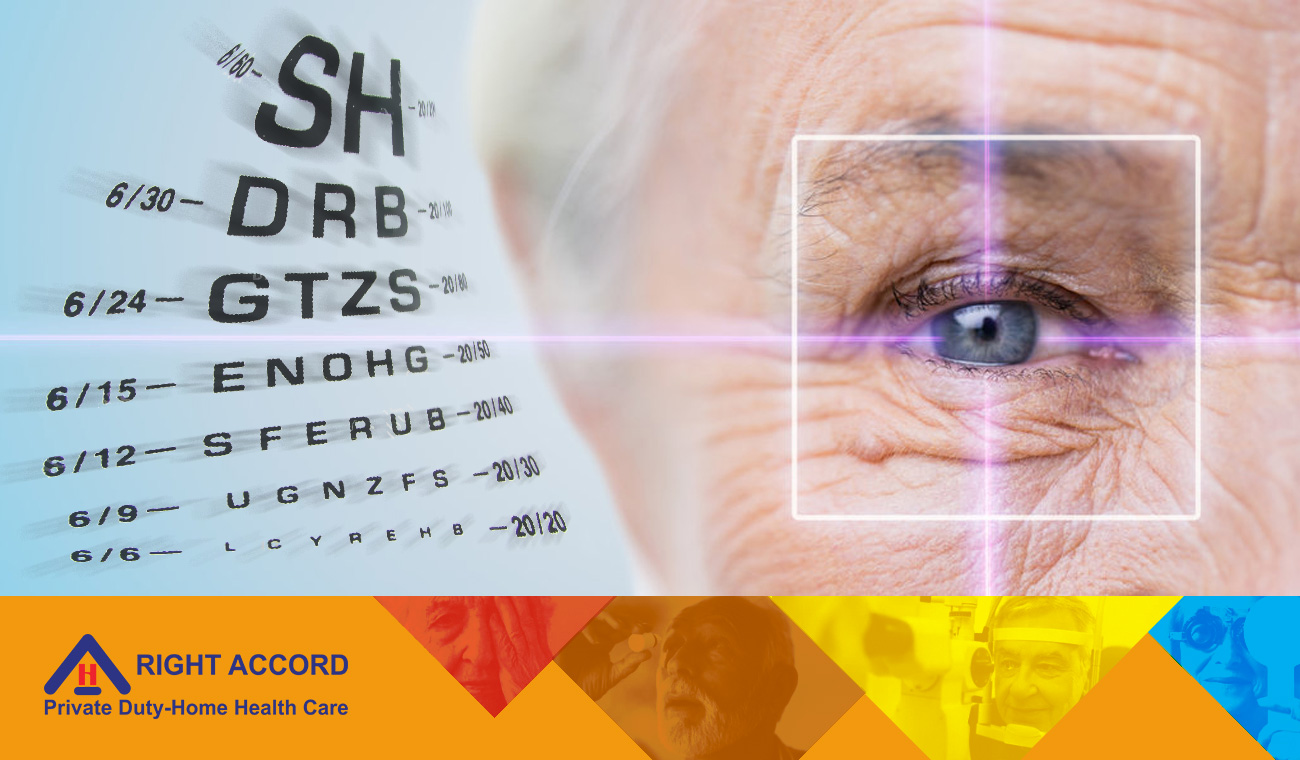
What Causes Glaucoma in the Elderly and Its 5 Potent Treatments?
By: Rosemarie Tamunday Casanova — RN, BSN, MHA

Graphic Artwork by Tom Banogon
Glaucoma is often referred to as the silent thief which steals the ability of elderly persons with the disease to see. What causes glaucoma in elderly is usually associated with ageing and other vision related diseases that they experienced. Glaucoma is develop when the aqueous fluid which normally flows out of the eye were greatly affected by the pressure build up on the blocked trabeculae channels in the eye.
It is silent because it usually comes with little to no symptoms and signs and by the time the person is aware of it, the sight is more or less gone.
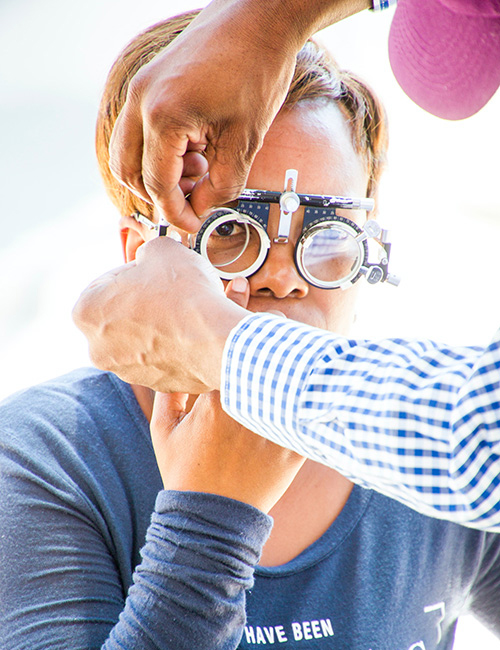
Photo by Hush Naidoo Jade Photography on Unsplash
Statistically, over 3 million people have glaucoma in the United States of America. This is according to the National Eye Institute which also projects that this figure will have about 58% increase in the next 8 years. This means that about 4.2 million people will have the disorder by 8 years.
It is more common in African Americans and Hispanics and the blindness it causes is irreversible.
It is therefore important in this awareness month to let as many people as possible know about the disease, how to discover it early and how to prevent its deterioration to blindness or at least slow down the progression.
What is Glaucoma?
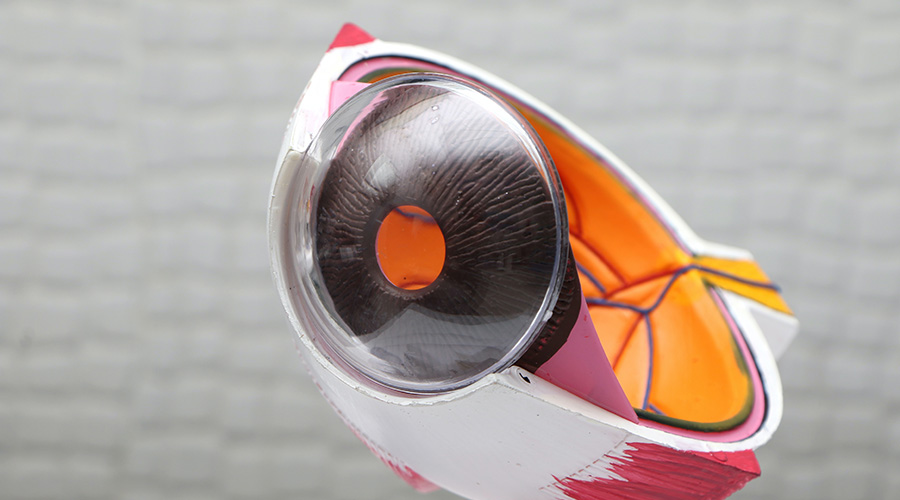
Photo by Harpreet Singh on Unsplash
Glaucoma is a disease of the optic nerve which is the nerve that carries information from the eyes to the brain for analyses. The cause of the optic nerve damage ranges from increased eye pressure (the pressure of fluid inside the eyeball), to other causes. Although it is more commonly found in the elderly and middle-aged, it can nonetheless, be found in people of all ages and the onset of blindness is insidious.
There is no cure for glaucoma however, a number of treatment options which depend on type of glaucoma can slow down the progression of disease and its descent into irreversible blindness.
Early detection and hence, routine hospital visits for eye examination is key in preventing blindness.
Causes of Glaucoma
There is fluid inside the eyeball. This fluid is called the aqueous fluid. It normally flows out of the eye through a mesh work of channels called the trabeculae.
When these channels are blocked for any reason, the pressure within the eye builds up and then damage to the optic nerve might occur.
This cause of the blockage can be inherited or caused by blunt injuries to the eye, severe eye infection, blockage of blood vessels within the eye, and conditions that cause inflammation.
Both eyes are usually affected simultaneously, although it could be worse in one eye.
Types of Glaucoma
Primary Open Angle Glaucoma (POAG)
This occurs due to increased intra ocular pressure (IOP), causing damage to the optic nerve. In primary open angle glaucoma, the channels of fluid drainage appear to be wide open, but the aqueous fluid does not flow through.
Angle Closure Glaucoma
In this type of glaucoma, also referred to as closed angle glaucoma, the space between the iris and the cornea of the eyes is narrowed due to a bulging forward of the iris and thus, the outflow of aqueous fluid through the drainage angle is reduced.
Secondary Glaucoma
This is seen when other identified causes such as diabetes, cataract, prolonged steroid use, and injury to the eye lead to the pressure of fluid inside the eyes building up, or the channels of fluid outflow getting blocked, resulting in damage to the optic nerve and loss of vision.
Normal Tension Glaucoma
In this type of glaucoma, there is damage to the optic nerve even though the pressure of fluid in the eye is normal.
Symptoms Of Glaucoma
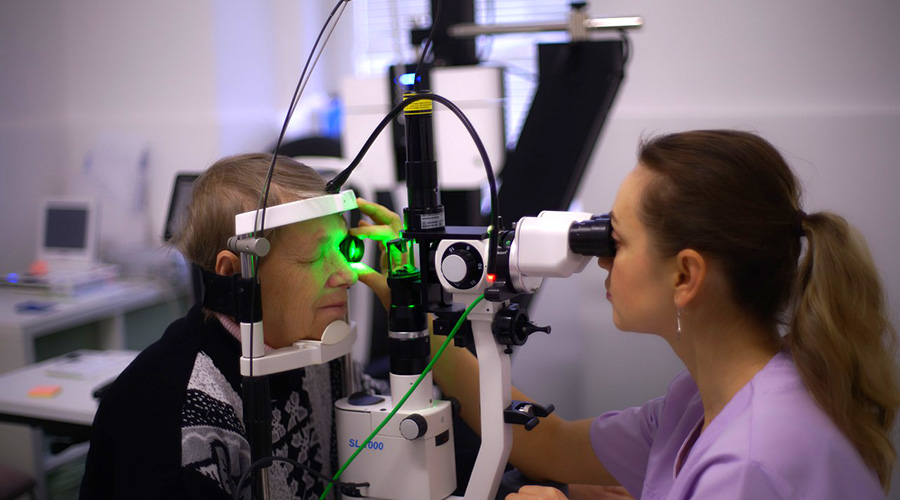
Photo by Pixabay
These symptoms are typically more noticeable in people who have angle closure glaucoma. The damage can occur very quickly and silently and thus, early visit to the hospital is essential when you notice any of the following symptoms:
- When you start seeing halos around lights.
- When you start having some degree of vision loss.
- When you have eye pain.
- Generally when you have any form of eye infection.
Diagnosis
The test is often painless. It involves the doctor using drops to widen the pupil before examining the insides of the eyes. There, the opthalmologist will look at the optic nerve for any signs of damage. He can also take pictures that he will use to make comparisons when next you visit.
Also, the doctor will check the pressure in your eye (Intraocular pressure), referred to as tonometry. Visual tests will also be carried out to check your field of vision to see if you have lost peripheral vision.
What is the Treatment for Glaucoma?
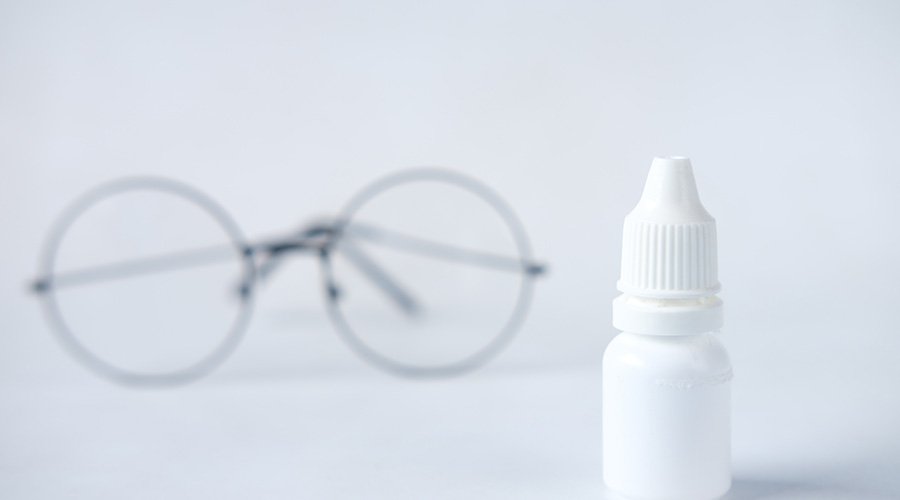
Photo by Towfiqu Barbhuiya on Unsplash
1. Use of Eye Drops
These would help to either lower the rate of fluid production in the eyes or to open up the drainage channel so that the pressure inside the eye (the intraocular pressure) will reduce and thus, any ongoing damage to the optic nerve is halted or impending damage prevented.
There are a few side effects to these medications and they include allergic reactions, redness, stinging and blurring of vision.
2. Oral Medications
These perform similar function as the eye drops.
3. Laser Therapy
This form of therapy involves the use of a high-energy light beam that is aimed carefully at the target area, in order to stop the build up of aqueous fluid in the eyes. This increases the rate of aqueous fluid outflow. The procedures within this treatment option include:
- Laser Trabeculoplasty: this is done to open the channels for drainage, allowing more fluid to flow through.
- Laser Iridotomy: little holes are created in the iris to enable more fluid outflow.
- Cyclophotocoagulation: this helps to lower fluid production in the eyes by destroying some of the tissues of the eye which are responsible for the production of aqueous fluid.
4. Microsurgery
This is done on the meshwork of drainage channels. It involves the creation of more space for outflow and sometimes, might involve the insertion of stents (pipes) which will help with outflow.
5. Lifestyle Modifications
As it is a lifelong condition, people having glaucoma can improve their conditions by doing any of the following:
- Exercise: this will help to improve the general flow of blood and fluid circulation all through the body.
- Healthy eating: a good eating habit will help the body get rid of oxidants which have been implicated in glaucoma and other diseases like diabetes which could predispose to secondary glaucoma. A healthy diet should include adequate amounts of nutrient-rich green leafy vegetables and fruits which have anti-inflammatory benefits.
- Comply with your prescribed medications.
- Avoid smoking: this will help prevent the inflammatory conditions that cause blockage of drainage channels in the body like the trabecular (mesh-like channels) through which fluid flows out of the body.
- Avoid caffeine: excessive intake of caffeine can raise the eye pressure amongst other negative effects it has on the body and is therefore, best avoided.
How to get involved in the National Glaucoma Awareness month?

Photo by Alexander Shatov on Unsplash
January is the national awareness month for glaucoma, so this year here are some actionable things that you can do to personally contribute to the causes of glaucoma in the elderly movement.
Raising Discussions About Glaucoma
This could start form the home, your work place, school, churches, mosques and other worship places, etc. You can share your knowledge about the disease, encourage people to go get their eyes checked and share useful tips about lifestyle modifications that can be of help.
Extend the Use of Online Channels
You can refer them to relevant websites for more information on glaucoma, causes, treatments, and other vital information that are aimed at improving general well-being of the people.
Use Social Media
You can use Facebook, Twitter, Instagram, etc., to link up with organizations that help people who have glaucoma. You can share these links with family members and friends who might need help.
Get Involved in Community Efforts Like Symposiums, Lectures, Fund-Raisers, Outreaches, Etc.
This will help a lot more people to be aware of the disease and the danger it portends to the individual and society at large.

